Jim Hallock, Monica Healy, and Jeff Rottler are pleased to invite you to participate in our impending earth building workshop given in conjunction with Joe Tibbets of Southwest Solar Adobe, and Lawrence Jetter of Advanced Earthen Construction Technologies. The workshop will take place November 9, 10, and 11, 2007 at the Best Western Shetland Inn, 3602 S.E. Military Drive, San Antonio, Texas 78223.
One Half
“It is estimated that at least 30 per cent of the world’s population, ,some 1.5 billion people, live in houses constructed of raw (unfired) earth”. 1
“Even today, it is estimated that between a third and a half of the world’s population lives in earthen dwellings.” 2
“40 % of the world population lives in earthen dwellings” 3
1.Earth building in Britain – international context and historical background, by R. Nother, with an introduction by L. Keefe. Earth Building, p. 7
2. Smith, Michael, The History of Cob, http://www.networkearth.org/naturalbuilding/history.html
3. http://www.earth-auroville.com/index.php
this does not take into account buildings that people work or worship in or buildings that are not occupied, such as dove cotes, grainaries, etc.
Paul Revere Mud Brick
Paul Revere Mud Brick
http://www.paulreverehouse.org/contact/
Chairman Mao

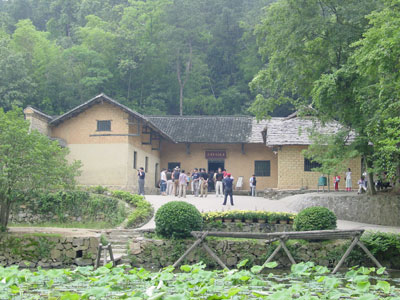
The childhood residence of Mao Zedong is situated in Shangwuchang of Shaoshanchong. On December 26, 1893, Chairman Mao was born in a simple mud-brick farmhouse, which has 13 rooms in the village of Shangwuchang of Shaoshanchong. Here, Mao spent his childhood and youth, attending school and helped his father with his work.
The Peru Earthquake
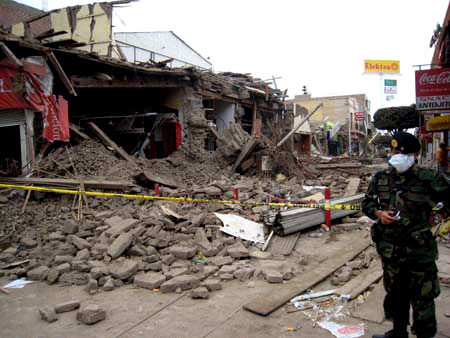
photo by Marcial Blondet
On Wednesday evening an 8.0 earthquake struck central Peru, devastating the Ica region of the Andean country. The official death toll from this unfolding disaster currently stands at 502 [as of 16 Aug — Ed.]; around four hundred of these were residents of Pisco, a city of over 100,000 near the epicenter of the main quake. Pisco is reported to have lost 80 percent of its homes.
Peru’s La Republic reported that Palomino had cautioned and warned homeowners not to rebuild their homes on their own despite the fact that they may have no other choice after so much neglect. Despite this, citizens in Pisco, Peru are informally building adobe houses as a way of recovering after the earthquake.
Dr. Marcial Blondet, a professor of at the Pontificia Universidad Catolica de Peru, an expert on seismic design for earthen buildings has written Earthquake-Resistant Construction of Adobe Buildings: A Tutorial as well as a number of important text on the performance of mud brick in earthquake zones, particularly in Peru. More resources about earthen architecture in seismic zones and the Peru earthquake can be found at the Earthquake Engineering Research Institute website.
Cob
http://www.treehugger.com/files/2007/08/survey_does_des.php
http://www.treehugger.com/files/2007/08/cob_building_go.php
LEHM 2008 – Call for Papers

The Dachverband Lehm e.V. is the German Association for Building with Earth. Every four years the DVL organises an international conference and trade fair on building with earth in a different earth building region in Germany together with an excursion in the region. After the conferences in 1994, 1997, 2000 and 2004, the LEHM 2008 is the 5th such event organised by the Dachverband Lehm e.V. Each of these events has attracted several thousand visitors. In addition to organising a high-profile conference programme, a central aspect is the presentation of new innovations in earth building products and technologies through a trade fair that takes place parallel to the conference. For more information visit the conference website.
Inno-native Earthen Architecture
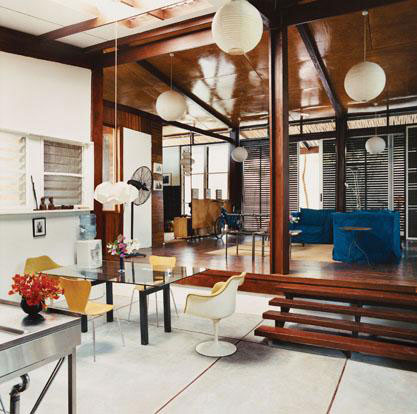
Joe Osae-Addo, a Ghanaian-born architect, living in Los Angeles was determined to build with the materials found primarily in rural areas of his native country: timber and mud brick. Because mud brick doesn’t exist in cities in Ghana, Addo had to build his own during the construction of his own home. He coined a phrase for his approach to contextual modern architecture: “inno-native.” Listen to an interview with Joe Osae-Addo where he talks about his inno-native approach.
The Palomares of Spain
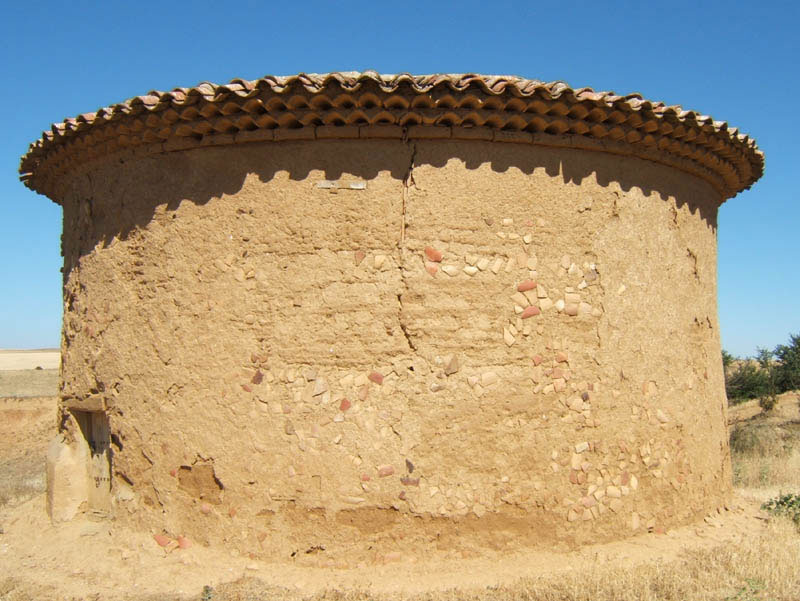
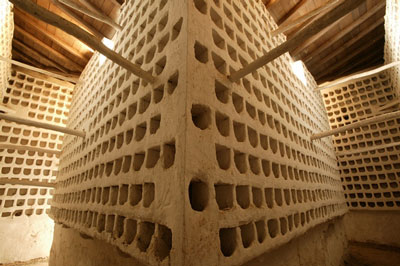
In Spain, traditional palomares, or dove-cotes, constructed of mud brick or rammed earth dot the landscape. To see them, you can take La Ruta de los Palomares or any of several other routes. Some are falling into disrepair and others are being restored. Inside are fascinating spaces that house doves. More can be read about these fascinating structures here: [ 1 | 2 | 3 | 4 | 5 | 6 | 7 | 8 | 9 | 10 ].
See more images [ 1 | 2 | 3 | 4 ]
The Citizens’ Initiative Pavilion
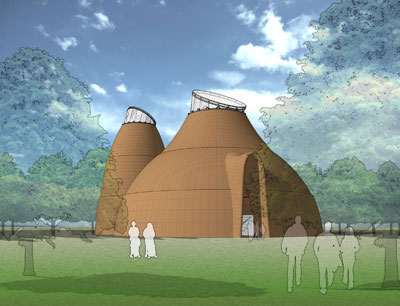
The Citizens’ Initiative Pavilion, known as El Faro, is the work of architect Ricardo Higueras. Designed to be constructed for the Expo Zaragoza 2008 the pavilion is to represent society’s vigour and ability to innovate in the face of the challenges posed by water.
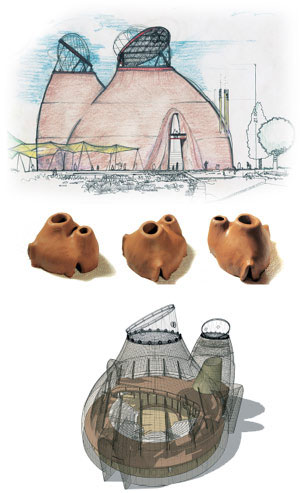
The section gives information on the Pavilion’s onsite location, its spaces and building features. Inspired by traditional ceramics, the pavillion will be constructed with natural materials like bamboo and mud mixed with straw.
